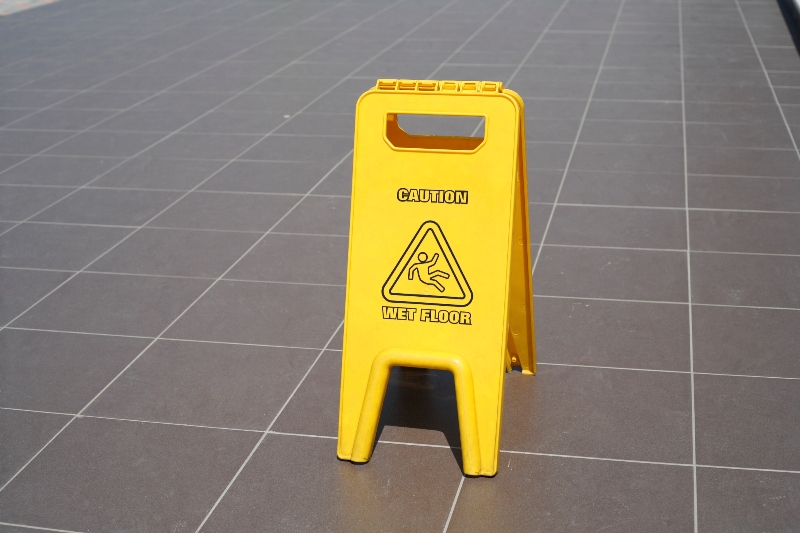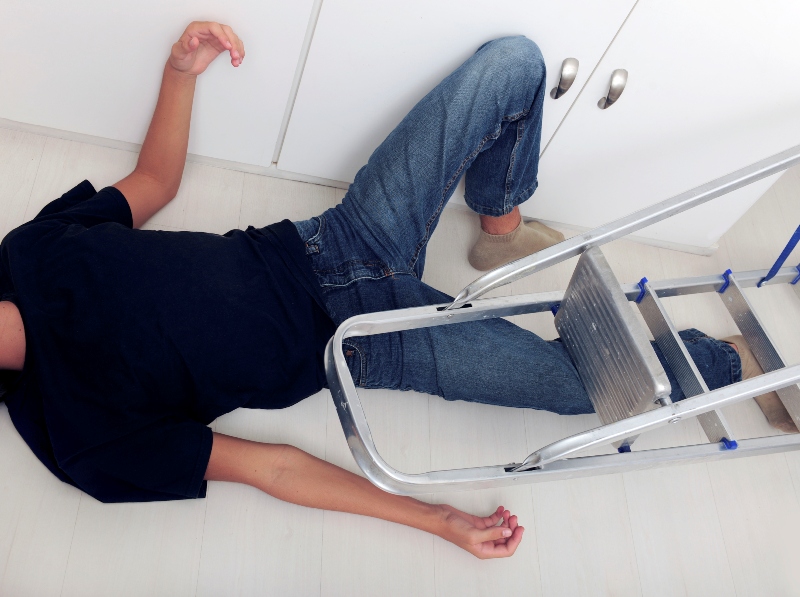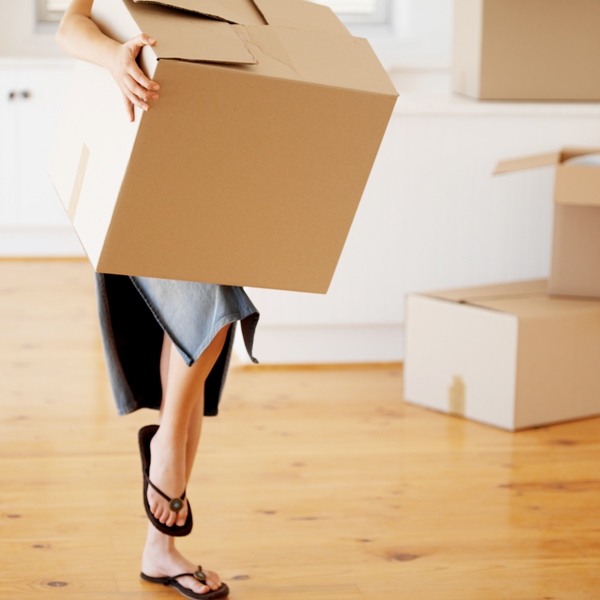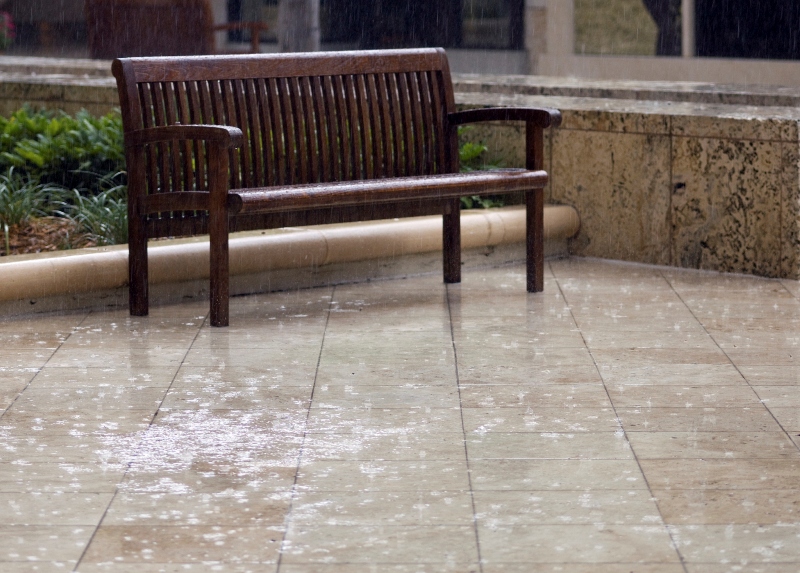Over the past five years VML Insurance Programs (VMLIP) estimates that more than 6,300 slip, trip, and fall claims have been filed from our more than 460 members. Nationally, almost one in every five work-related injuries is a result of a slip, trip, or fall.
According to the Bureau of Labor Statistics and the National Safety Council, more than one million people in the United States experience a significant slip, trip, or fall each year, and an average of 17,000 Americans die from their slip and fall incidents. Slips and falls are the third largest cause of workplace injuries.
Slips, trips and falls, whether on or off the job are expensive, disruptive, painful, and may be tragic.
VML Insurance Programs is partnering with Spotsylvania County Schools to produce a video on preventing these types of incidents, which are particularly prevalent in the school setting. Nearly 22 percent of VMLIP slip, trip, and fall claims were from our various school systems, and accounted for approximately $6.7 million in claims costs.
Filming begins March 16, and the final product will be available to all VMLIP members.
Meanwhile, it’s important for all members to be aware that these types of injuries can be prevented if everyone is committed to the effort and understands common hazards and preventative measures.
Most slip, trip and fall injuries can be prevented by eliminating workplace hazards and by behavior modification: people taking the proper action to work safely.
What you can do to prevent slips, trips and falls
- Wear footwear that is appropriate for the conditions inside and outside. On smooth or wet surfaces wear slip resistant soles. Avoid wearing high heels. On snowy, icy and rainy days wear boots to work and change after arriving.
- Clean footwear of mud, snow, etc. when entering a building.
- Be aware of changes in elevation and changes in walking surfaces. When moving from carpet to tile or dry tile to wet tile, etc. the friction (grip) between the sole of the shoe and the floor surface lessens. Alter your stride to take shorter, slower steps.
- Walk, don’t run through work areas.
- When possible, stay on marked travel aisles and paths. Don’t take “shortcuts” around machinery and equipment.
- Avoid areas that are cluttered or dimly lit.
- When carrying a load, make sure you can see over and around it. Scan the area ahead and plan your travel path. Get help to carry heavy or awkward objects. Use carts or other mechanical aids.
- Clean up, correct, remove or report unsafe conditions such as spills, electric cords, frayed carpets, worn stairs and other hazards that could result in a slip/trip/fall injury. Warn others that a hazard exists by placing signs or cones or by isolating with caution tape or barricades.
- Do not allow equipment, tools, materials or other obstacles to accumulate in aisles or walkways. Never store or place items on stairs.
- Keep desk and file cabinet drawers closed when not being used or when unattended.
- Always use a ladder or step stool. Never stand on a chair, desk, shelf, crate or box or any other unstable items to reach something. If you must routinely reach items in high locations, purchase a ladder or steps to allow it to be safely done.
- Walk erect using even strides and good balance. Always use handrails when available.
- Use “three point positioning” when entering or exiting trucks, equipment or construction vehicles. Maintain three points of attachment at all times; both hands and one foot or both feet and one hand. Enter and exit equipment facing it. Use all of the steps, never jump.

- Maintain floors clean, free of water, oil or grease. Areas such as mechanics bays may be periodically steam cleaned. Tiled floors such as in kitchens or school cafeterias that have been worn or filled smooth can be etched to restore a rougher surface.
- Apply non-slip surfacing such as adhesive backed sheets, anti-slip paint, open-spaced grates or mats to ramps, docks, platforms or stairways recognized as hazardous.
- Paint edges where elevation changes occur with “caution yellow” paint. Post signs to warn of dangerous areas.
- During winter months remove snow and ice and apply sand and salt before employees come to work and frequently thereafter. Note areas that drain poorly, retain snow, or are habitually slippery, and initiate permanent changes (engineer out) to eliminate the hazard.
Conduct periodic inspections of the property and grounds to identify and correct slip, trip and fall hazards. Consider hazards to employees and possible liability exposures for the public. Review interior and exterior walkways, stairs, handrails, pavement conditions, parking areas, lighting and all other hazards mentioned previously in this post.
For more information on preventing slips, trips, and falls, check out VMLIP’s Slips, Trips, and Falls Module available in the Multimedia Library. The module will identify problem areas with floor openings, stairways, building design, prevention measures, and employee responsibility regarding hazards in the work area.
VMLIP offers more than just coverage. We are partners in risk management. How does your insurer stack up? Having all lines of coverage with VMLIP ensures that your organization is receiving comprehensive coverage and a wide variety of value-added services tailored to Virginia’s local governmental entities.
Call for a quote today: (800) 963-6800. For more information on VMLIP visit: www.vrsa.us or follow us on Facebook.
** VMLIP blog postings are offered for VMLIP members to utilize in strengthening their risk management efforts. See copyright information for clarification on sharing this information.





